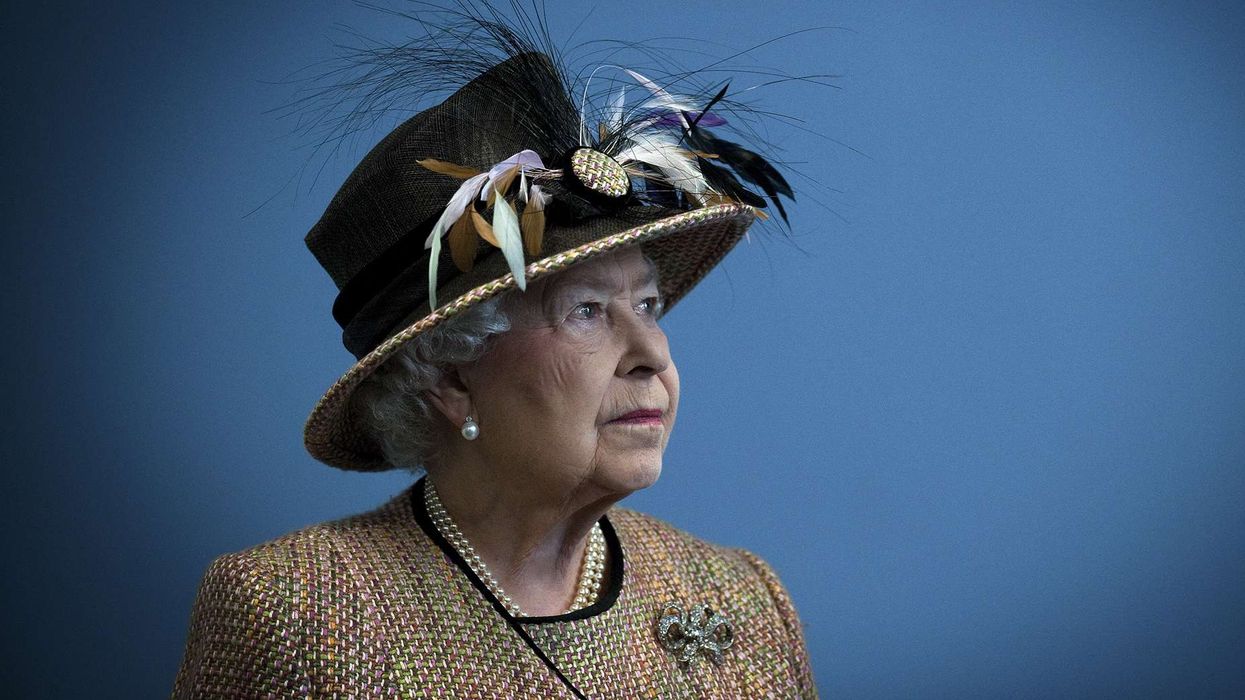THE pressure to get fitter often discourages people from starting or causes them to give up soon after beginning. However, there are simple steps that can help navigate this challenging path toward better health through exercise.
With that in mind, Eastern Eye asked London-based fitness expert and personal trainer Bijan Azarmi to share his top tips for starting a physical health journey and staying motivated.
All-round benefits: First, it’s important to understand that fitness strengthens not only the body but also the mind. Exercise is a powerful tool for mental clarity and emotional balance. It helps reduce stress, improves focus, and promotes long-term well-being. Regular workouts give the mind space to reset, recharge, and tackle challenges with renewed energy. Understanding these benefits is great motivation to stay on track.
Nurture your environment: Think of your fitness goals as something that needs the right conditions to grow and flourish, just like a flower needs sunlight, soil, and water. Your essentials include seven to nine hours of sleep, proper nutrition, plenty of hydration, and adequate rest between sessions. Create a schedule that fits your lifestyle and surround yourself with supportive people. Once you have a strong foundation, push yourself a little more each time. This approach will ultimately create sustainable health habits.
Embrace the social aspect of fitness: Group classes or training sessions are great ways to connect with others who share your goals. Supporting and motivating one another makes workouts more enjoyable and inspires consistency.
Focus on yourself: Avoid comparing your journey to others. You don’t know their full story, so such comparisons are neither proactive nor productive. Concentrate on your own progress, celebrate your achievements, and remember that your journey is unique.
Right mindset: Fill your mind with positivity. Start with realistic, attainable goals, and build gradually. Small successes will motivate you to accomplish more. Acknowledge milestones, whether it’s lifting a heavier weight, running a longer distance, or sticking to your routine for a month. These victories will endorse positive endorphins, nurture a can-do attitude and reinforces positive behaviour. A setback is always an opportunity to try again.
Nourish your body: A balanced diet rich in nutrients fuels your workouts and aids recovery. Proper nutrition is vital for a successful fitness journey. Focus on whole, minimally processed foods, but don’t feel pressured to completely cut out comfort foods. Striking a balance will make your journey enjoyable. Learning about which foods benefit your body can have a lasting impact. And don’t forget to stay hydrated – drink plenty of water.
Prioritise consistency over perfection: Consistent, moderate workouts integrated into your routine are more beneficial than sporadic, intense sessions. Find activities that you enjoy, establish a routine, and stick to it.
Professional help: If feasible, hiring a personal trainer can help prevent injury, ensure proper form, and accelerate your progress. Trainers can also enhance your understanding of how your body works. If hiring one isn’t an option, there are plenty of reputable online resources, and some gyms even offer free classes with instructors.
Lifestyle changes: Small changes beyond exercise can make a big difference. Walk instead of taking the bus, choose stairs over lifts, and cut out unhealthy snacks or habits like smoking.
Self-care and compassion: Push yourself, but also know when to rest. Overtraining can lead to burnout or injury, so allow yourself guilt-free recovery time. Practicing self-care ensures that your journey remains about long-term health and well-being, not seasonal or short-lived goals.













